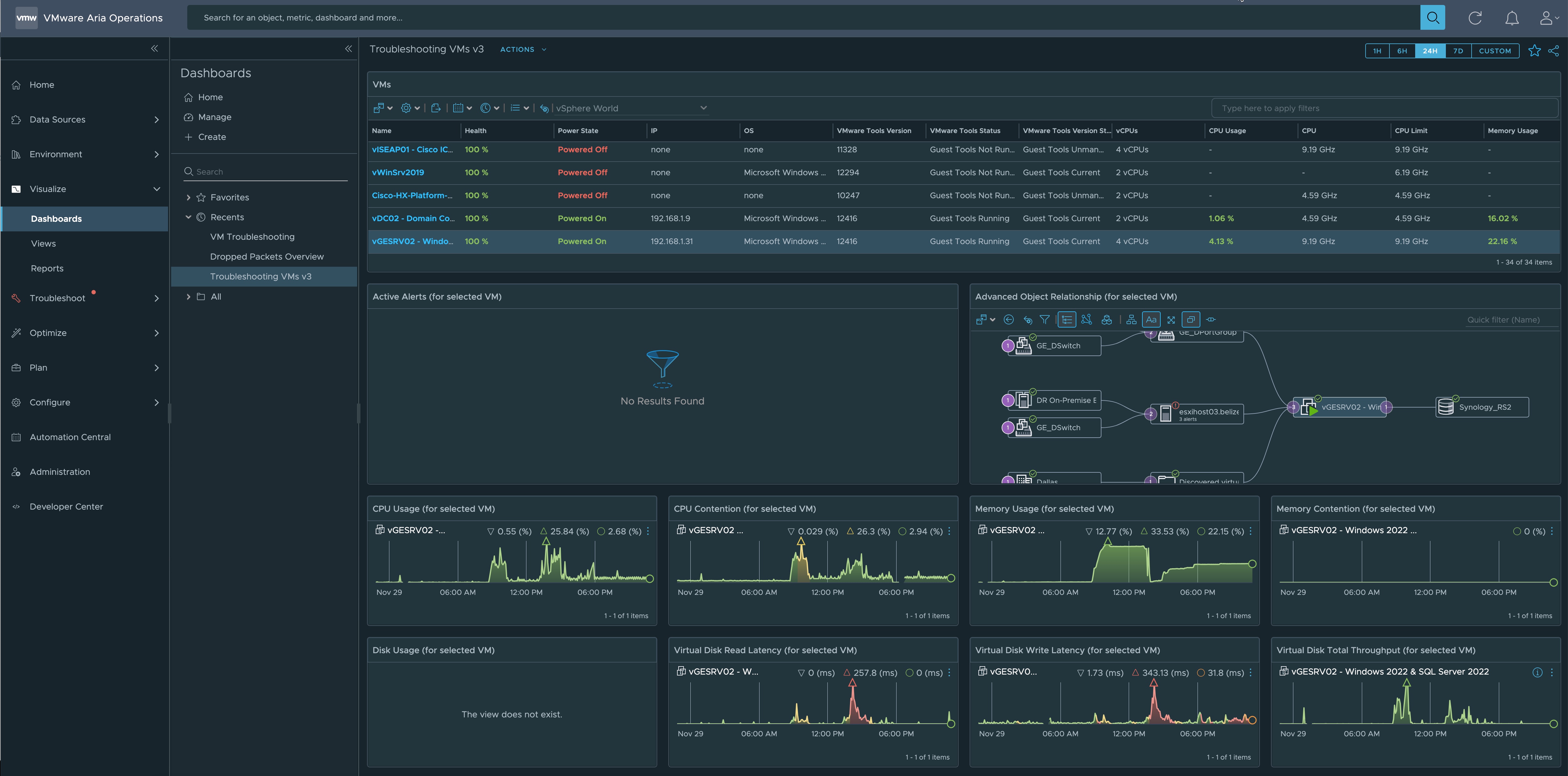Ghetto Chronicles - Technical Reference Center

There are lots of articles & write ups about sizing VMware environments. There are various opinions and ideas, like:
- Use the reference guide or architecture, then you’re safe
- Follow the sizing guides from the vendors
- you need to monitor the current workloads to correctly size your environment.
- Do a full load test, start small so you can size the rest accordingly
- Use a calculator.
They are all valid in some form or the other and have their specific purpose. I think it basically doesn’t matter if you’re sizing NSX, sizing vSphere or sizing another VMware product, if you use the methods above you get a infrastructure that is able to run?your workload. This post is a collection of useful links to guides, calculators and load tests. I probably missed a lot of them. If you use others, just put them in the comments, I’ll update this post?regularly.
Monitor current workloads /Assessment
One of the most important things to do is monitor you current workloads. Without knowing what you want to run on your new platform there is no way to size it correctly.

Sizing guides / Reference architecture / design guides
Sizing guides and reference architectures from the various vendors and products provide a good basis for your infrastructure. If you follow these guidelines ?you know what your infrastructure is able to handle.



 VMware NSX Brownfield Design and Deployment Guide
VMware NSX Brownfield Design and Deployment Guide
 vRealize Automation Reference Architecture
vRealize Automation Reference Architecture
 vRealize Operations Reference Architecture
vRealize Operations Reference Architecture
Calculators
Calculators finally are very useful in sizing your infrastructure. They often contain the knowledge of the items above. They know about what the maximum sizing is for a single product, or what the best fit is based on organizational requirements. Some of the items below take input from other tools.

 Azure Visual Subnet Calculator
Azure Visual Subnet Calculator
 Azure Pricing Calculator
Azure Pricing Calculator
 Aria Operations Sizing Tool
Aria Operations Sizing Tool
 Aria Operation Sizing Guide
Aria Operation Sizing Guide
Load tests
After you ?you created your infrastructure you can use a load test to see how it performs under stress. By using load tests you get a lot of information on the complete stack. Load test work by simulating workloads. In a VDI load test this could be: logging in a user, starting Word, typing, printing to PDF, starting Excel, stopping Word. By adding more users that perform the same actions (on a different time/random) you reach a certain breakpoint. At that moment you know how many session you can run on one particular server.? With a full load test you test all servers and underlying components?until one of them ‘breaks’. That’s the maximum number of users with that particular configuration or setup.
Tools that do load testing:
Is one method better than the other?
I think not. As a bare minimum you should at least do one of the above, but I think it is better to do them all. First monitor your current infrastructure to know what you have. Then use sizing guides, reference architectures and calculators to design and build your infrastructure. And finally do?a full load test to test every component in the chain.
Health Monitoring Powershell & PowerCli Script
 https://www.gabesvirtualworld.com/health-check/memory-health-check/
https://www.gabesvirtualworld.com/health-check/memory-health-check/ https://www.gabesvirtualworld.com/health-check/storage-checks/
https://www.gabesvirtualworld.com/health-check/storage-checks/









